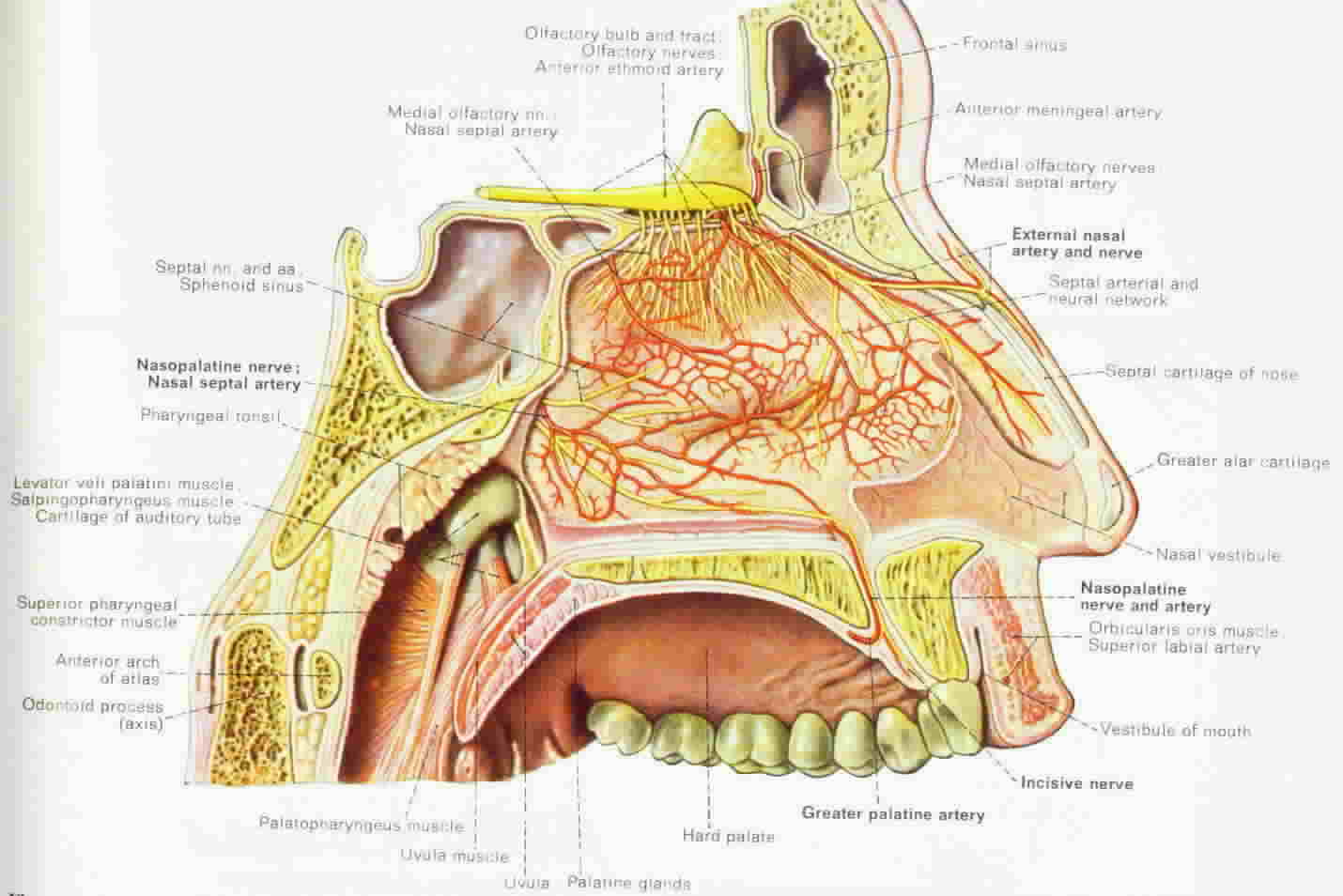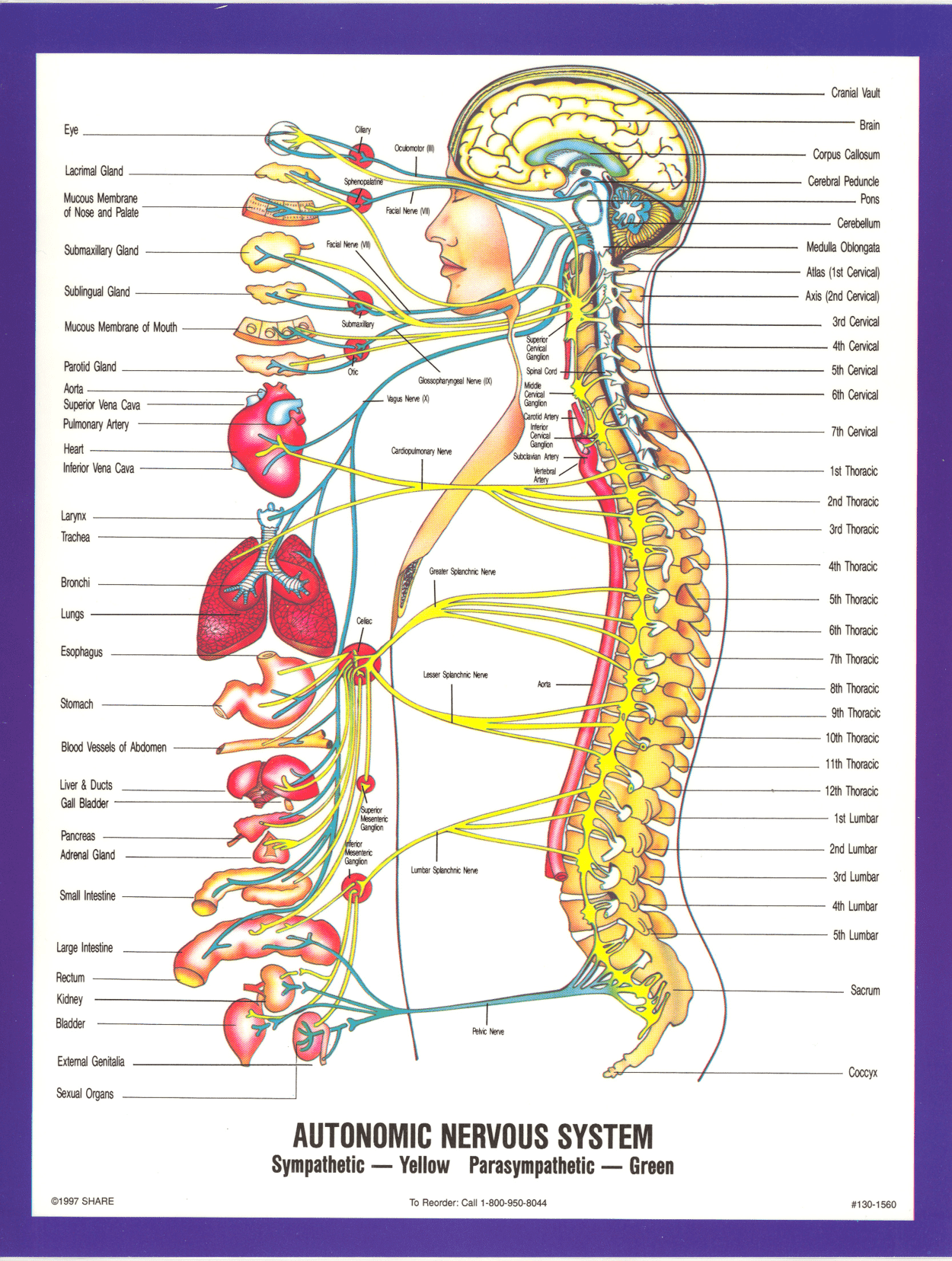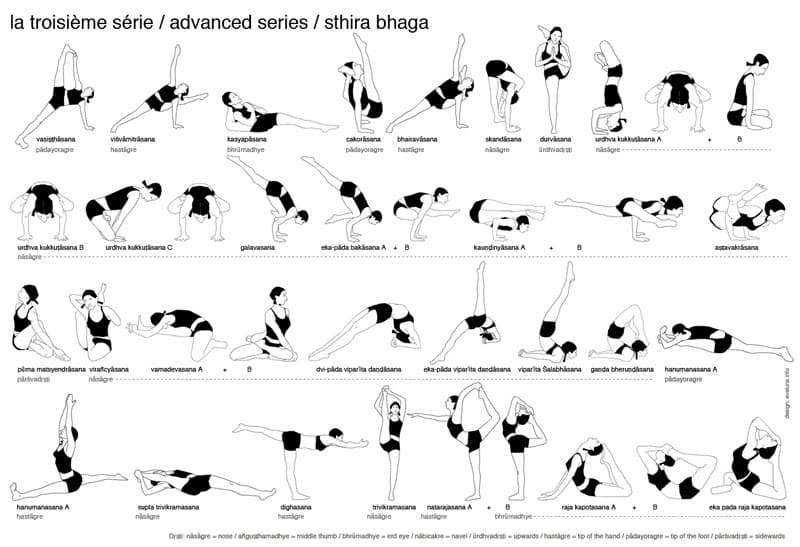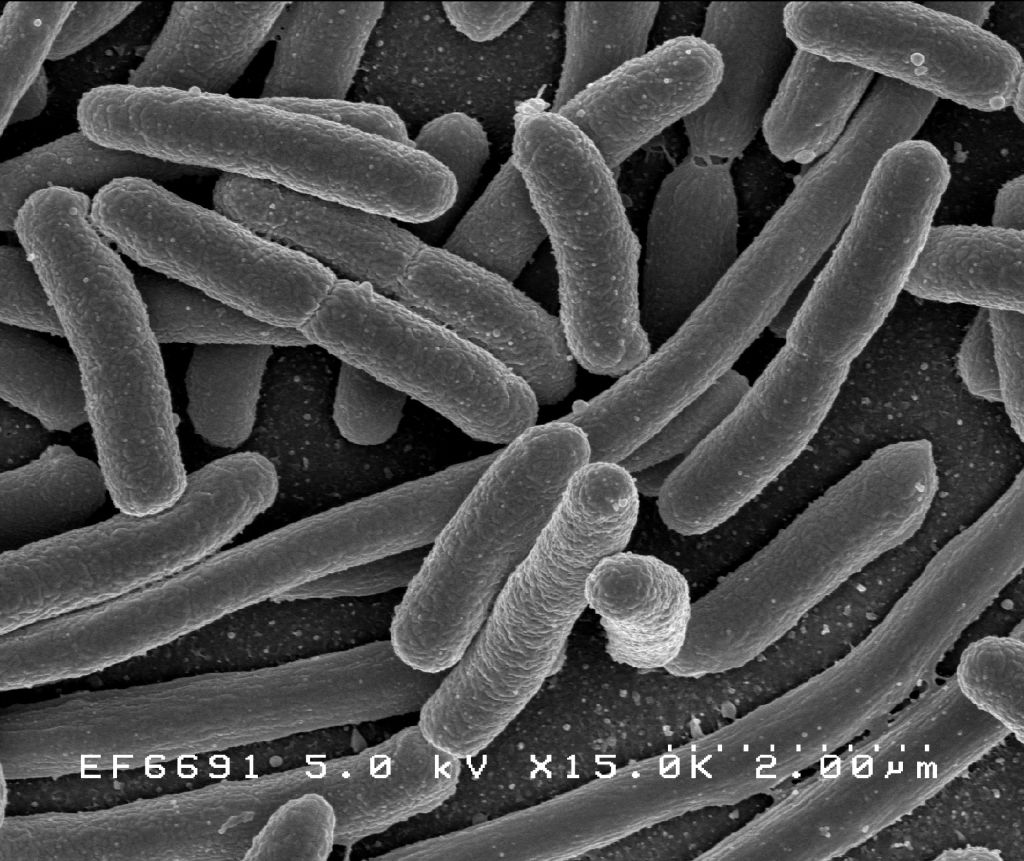Human Bone Anatomy | Osteology
What are Bones? Bones are not inanimate rock like structures in the human body; bones are organs that produce red and white blood cells, store minerals, enable mobility, and provide structural support for the body. They are lightweight, strong, and hard, and function within the body in many different processes, including autoimmune function. , There are two types of … Read more








![By Photo Credit: Janice Carr Content Providers(s): CDC/ Segrid McAllister [Public domain], via Wikimedia Commons](https://elliottelford.com/wp-content/uploads/2015/05/epidermis_microbiota.png)
